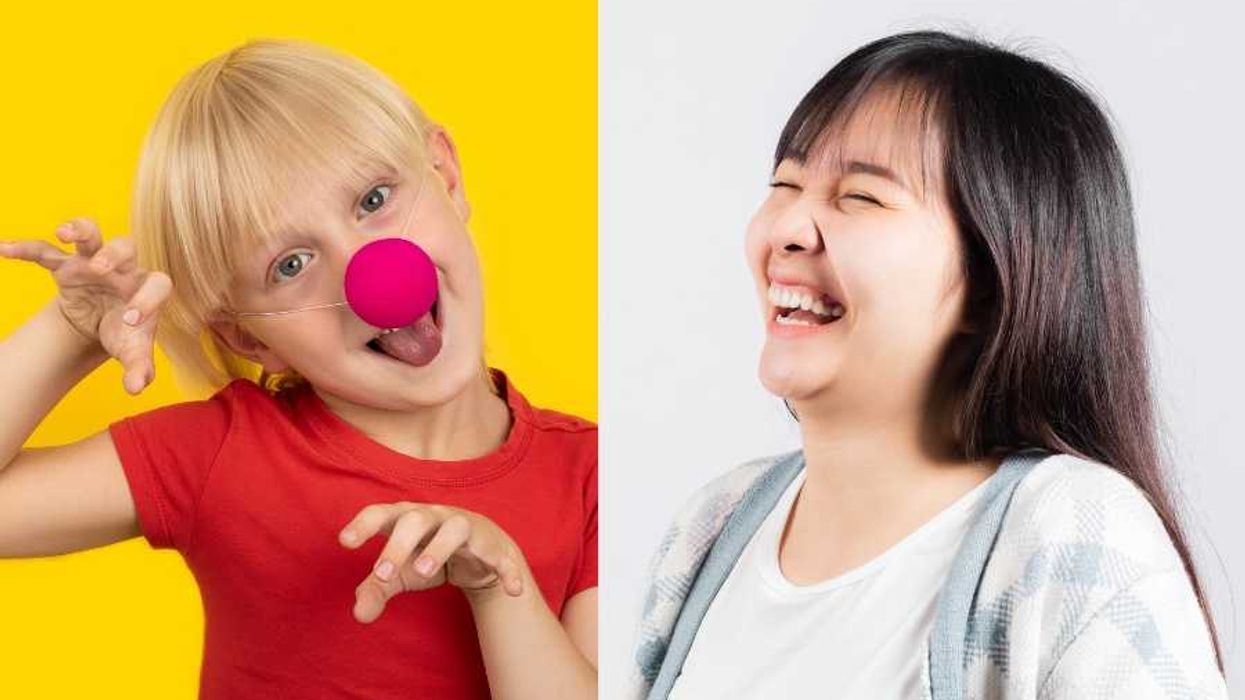An artist's primary challenge is to make the invisible, visible—to give shape to the abstract: our emotions, our innermost thoughts and fears. Take, for example, the following sentence: Every nine minutes, 300,000 pounds of plastic is dumped into the ocean. How would an artist express that information? Not just the fact of it, but the feeling?
Chances are, for most of us, the magnitude of those words, once read, drifts away easily, like a plastic bag in an ocean current. It's up to the artist to anchor it: in our hearts, in our minds, in our conscience.
San Francisco Bay Area artists Joel Dean Stockdill and Yustina Salnikova found a way to do that. Commissioned by the Monterey Bay Aquarium, they used roughly 5,000 pounds of recycled plastic and steel to create a life-sized, 82-foot long sculpture of a blue whale
They named the sculpture, "Ethyl," a nod to polyethylene, the most popular plastic in the world. The piece was initially installed on the Golden Gate National Recreation area, flanked by palm trees that shot into the air like water spouts. It was then sold to Meow Wolf, a public benefit arts and entertainment group based in Santa Fe, New Mexico, and transported to the campus of Santa Fe Community College.
The shift in context only heightened its power: the Southern third of New Mexico used to be underwater.
Being as blue whales make their home in the ocean, Ethyl's metaphorical impact is profound. Water bottles, yogurt cups, casually discarded plastic-shell casings on new cases of batteries or dental floss—even our blue recycling bins—will eventually find its way to the sea. That's the equivalent of nearly 60 of these plastic blue whales dumped into the ocean every nine minutes.
And that number is increasing.
"A really interesting and timely thing happened when we were building the whale [in 2018]," says Shannon Riley, one of the founding partners of Building 180, a full-service art production and consulting agency that helped propel Ethyl from concept to reality. "China stopped accepting recycled trash [from the US]. The recology centers that donated to us said it was the first time they'd shipped a bale within the United States."
In the same way the majority of Americans insulate themselves from the daily processes that bring us our food, we are disconnected from the reality of our trash. We are as likely to understand the origin stories of each ingredient inside our to-go sandwiches as we are the destination of the plastic clamshells in which they are packaged.
We toss the plastic clamshell, perhaps smeared with dressing, littered with crumbs, into a recycling bin. And then we don't think about it.
Ethyl asks us to think about it.
"We went on a five month, really a six-month journey, creating and building this whale," Riley confides. "Both artists have a huge philosophy around what they do: if we learn to look at our waste as something we've created, and we create a relationship with that waste, then we can transform it into something else."
Laundry detergent bottles, old recycling bins, plastic milk jugs, and discarded toys: all this "waste" was painstakingly washed, broken down into small pieces, melted down and shaped into diamond-shaped tiles, each one resembling a miniature abstract painting itself—plastic meets Pollack.
Pieced together and mounted to a steel skeleton, these tiles formed the bulk of sculpture. Due to its staggering size, the majestic blue whale can only be seen in its entirety from a distance. Up close, it's a puzzle to ponder, a question echoing through time, waiting, patiently, for our response.

















 Ladder leads out of darkness.Photo credit
Ladder leads out of darkness.Photo credit  Woman's reflection in shadow.Photo credit
Woman's reflection in shadow.Photo credit  Young woman frazzled.Photo credit
Young woman frazzled.Photo credit 
 A woman looks out on the waterCanva
A woman looks out on the waterCanva A couple sits in uncomfortable silenceCanva
A couple sits in uncomfortable silenceCanva Gif of woman saying "I won't be bound to any man." via
Gif of woman saying "I won't be bound to any man." via  Woman working late at nightCanva
Woman working late at nightCanva Gif of woman saying "Happy. Independent. Feminine." via
Gif of woman saying "Happy. Independent. Feminine." via 
 Yonaguni Monument, as seen from the south of the formation.
Yonaguni Monument, as seen from the south of the formation. 


